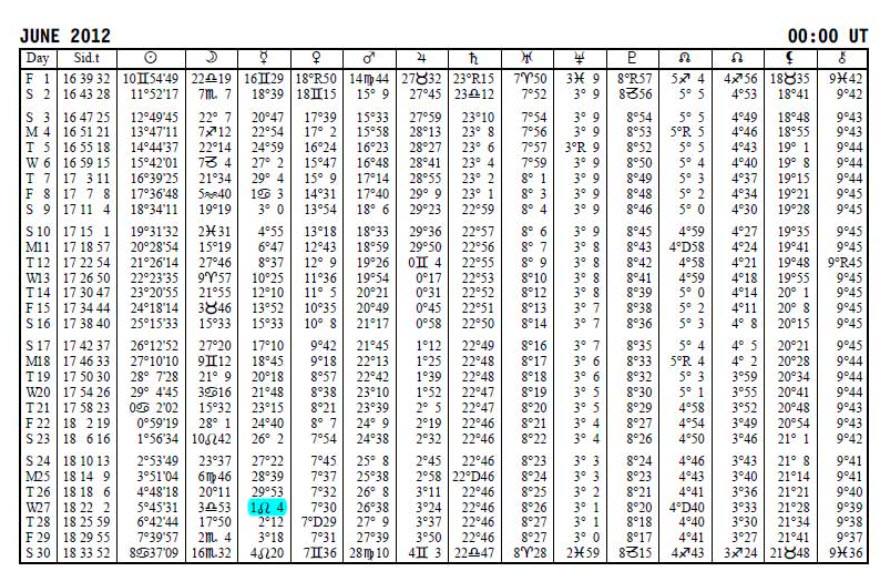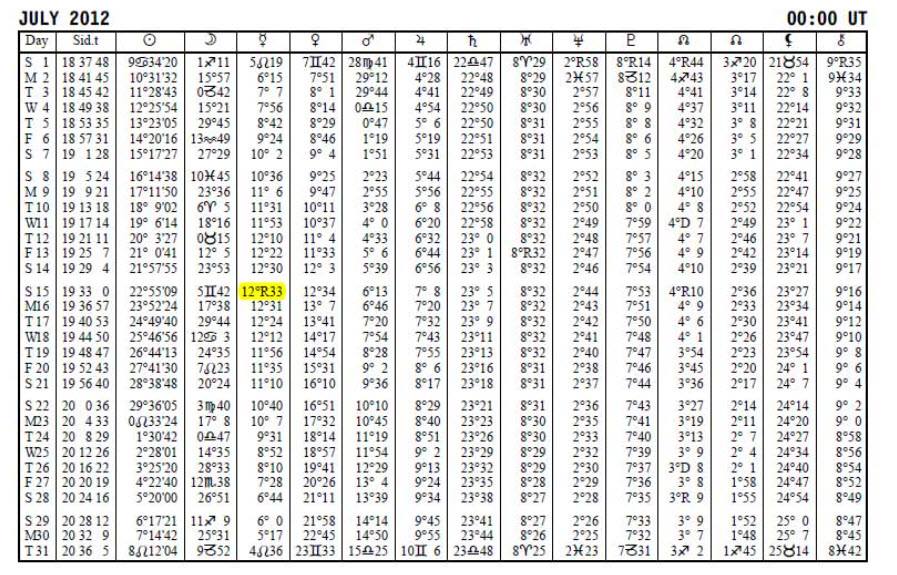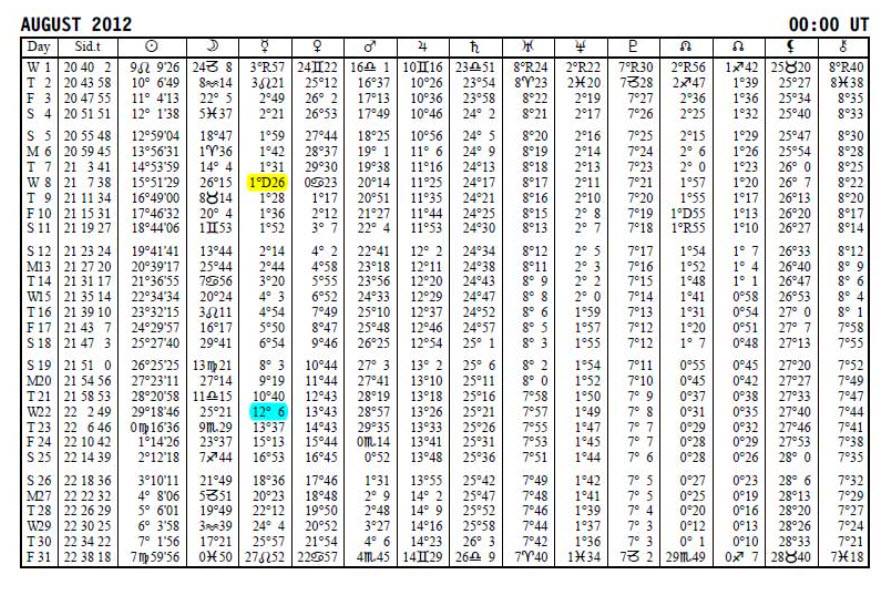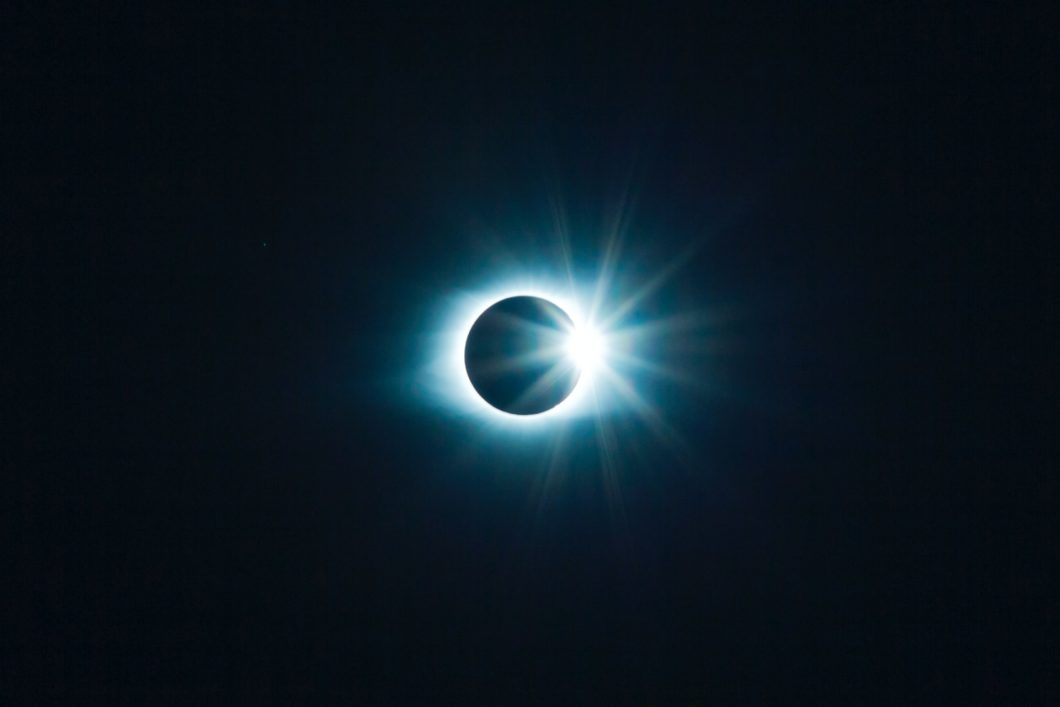In response to a request for an explanation from a dear friend, here is a text about the shadow period of the retrograde planets,
Hope you like it.
Shadow Period
In astrology, the shadow period is defined as a specific period of time that occurs before and after a planet’s retrograde period, starting when the planet first passes the zodiac degree that it will be retrograde, and ends once it passes the degree he originally parked retrograde.
The concept was first defined by astrologer Roxana Muise in 1980, and since then it gained acceptance and use in the astrological community.
From an interpretive point of view, shadow periods are important because they are essentially seen as already operational.
The events and circumstances associated with the retrograde are seen as “light” acting and maximizing their strength when in fact they go into retrogradation.
Similarly, the end of the shadow when the planet resumes direct movement, ends when the planet hitherto retrograde and now in direct movement, reaches the point that marked its stationary/retrograde movement.
Below is a diagram to illustrate the concept:



Mercury retrograde on this ephemeris shows planetary positions for each day from June to August 2012. In this period, mercury was retrograde for three weeks.
The degrees at which mercury first parks and retrogrades and then later converts to direct are highlighted in yellow.
The date of the shadow period, when it started, is highlighted in blue, and the period when the shadow period ends, retrograde, ended, is also highlighted in blue.
The pre-retrograde (or shadow) period starts around June 27 in the degree of Leo which mercury will later be straight, around August 8; the shadow period ends around August 22 in the degree of Leo Mercury originally parked retrograde around July 15th.
In this way the retrograde period extends beyond the three weeks of the “real retrograde”, and instead it is designed to include the two additional periods before and after the retrograde that are already operative, according to this analysis.



